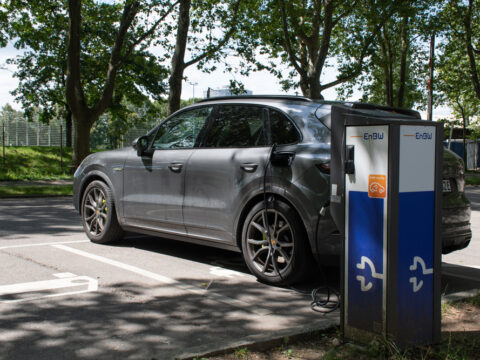Agriculture has come a long way thanks to innovative machinery that transforms how farmers work. These advancements boost efficiency, sustainability, and productivity, making farming smarter and more effective. In this article, we explore 15 groundbreaking innovations in agricultural machinery that are shaping the future of farming. From autonomous tractors to precision farming tools, these technologies are revolutionizing agriculture in remarkable ways.
Contents
Precision Farming Equipment
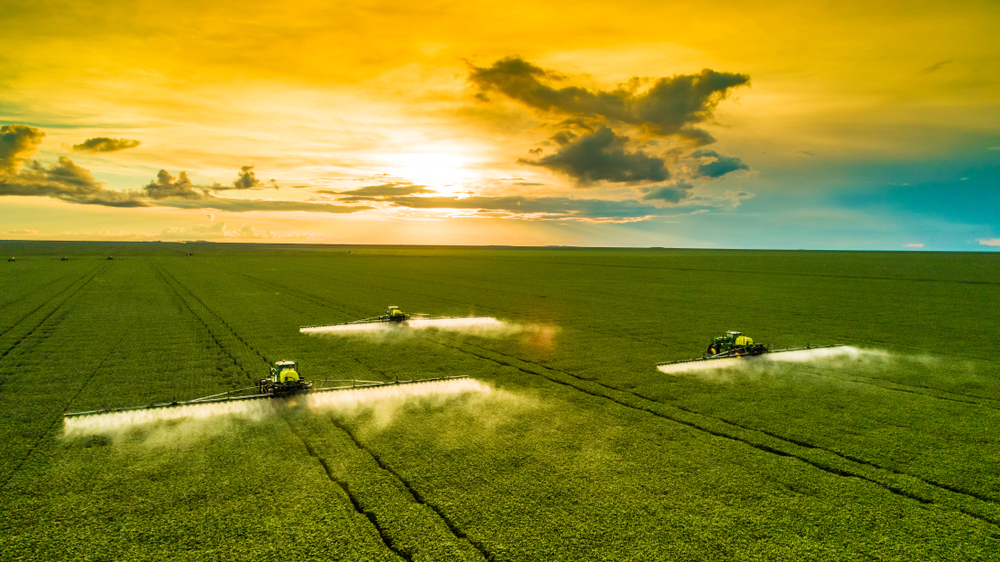
The advent of precision farming equipment, such as GPS-guided tractors and drones, has brought significant advancements in agricultural efficiency. By optimizing planting, fertilization, and irrigation processes, these tools help maximize yields while minimizing resource waste. For instance, GPS systems enable tractors to operate with pinpoint accuracy, significantly reducing overlaps and gaps in fieldwork. Drones, equipped with advanced sensors, offer real-time monitoring of crop health, soil conditions, and pest activity.
Autonomous Tractors
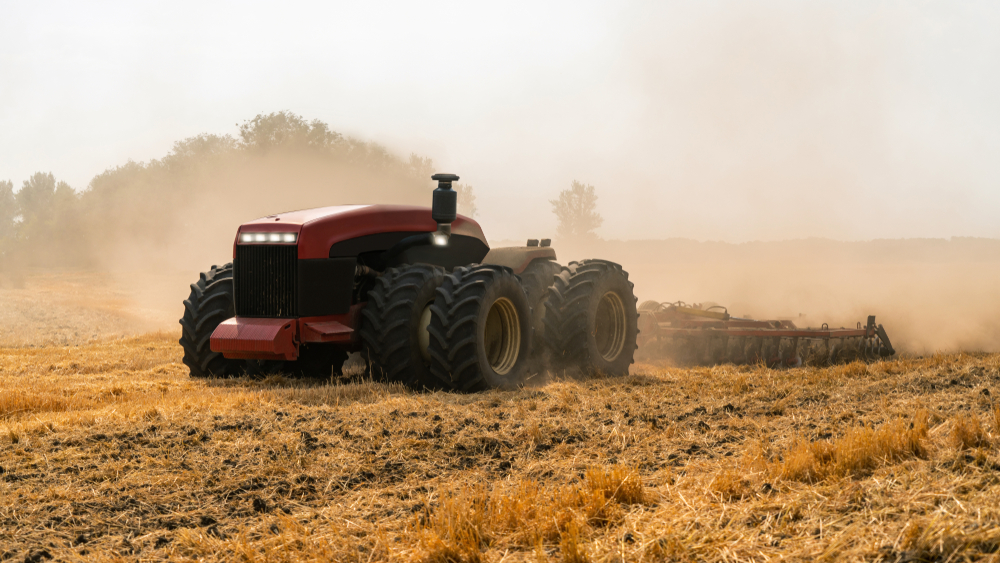
Autonomous tractors are at the forefront of agricultural innovation, reducing the reliance on human labor and increasing operational efficiency. These self-driving machines perform essential tasks such as plowing, planting, and harvesting with minimal human oversight. Equipped with advanced sensors and AI technology, they navigate fields accurately and adapt to changing conditions seamlessly. Autonomous tractors can operate around the clock, enhancing productivity and allowing farmers to focus on strategic decisions.
Robotic Harvesters

Robotic harvesters have revolutionized the way fruits and vegetables are picked, particularly those requiring delicate handling. Utilizing machine vision and AI, these robots identify and harvest ripe produce without damaging the plants. They can work continuously, unaffected by labor shortages or fatigue, thereby improving harvest efficiency. Moreover, robotic harvesters ensure consistent quality and significantly reduce post-harvest losses.
Variable Rate Technology (VRT)
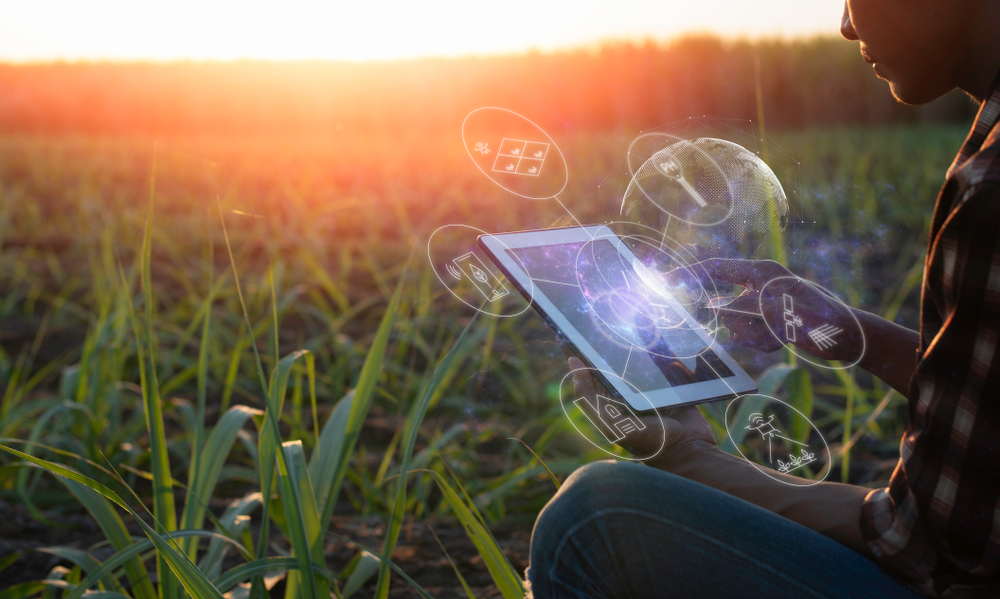
Variable Rate Technology (VRT) allows for the precise application of inputs such as fertilizers, pesticides, and water, tailored to specific field conditions. By using data from soil tests, yield maps, and sensors, VRT systems optimize input applications, reducing costs and environmental impact. Integrated with GPS and automated machinery, VRT ensures seamless operation across fields.
Soil Sensors
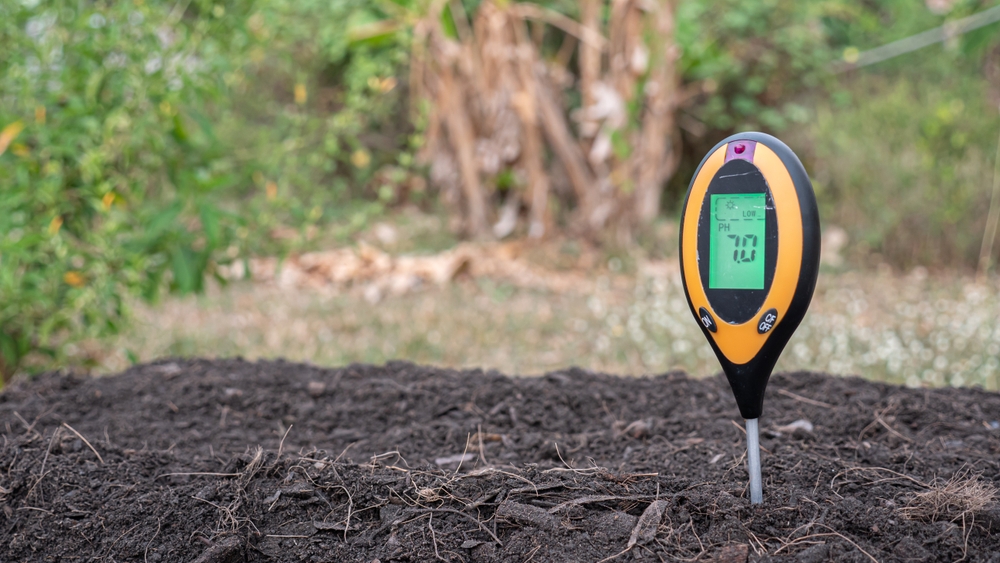
Soil sensors offer real-time insights into soil moisture, temperature, and nutrient levels, enabling precise management of irrigation and fertilization. These sensors help farmers monitor soil health and make informed decisions about crop care. Ensuring optimal soil conditions, soil sensors contribute to higher crop yields and reduced resource usage. Often connected to IoT systems, they allow for remote monitoring and automated adjustments.
Vertical Farming Systems
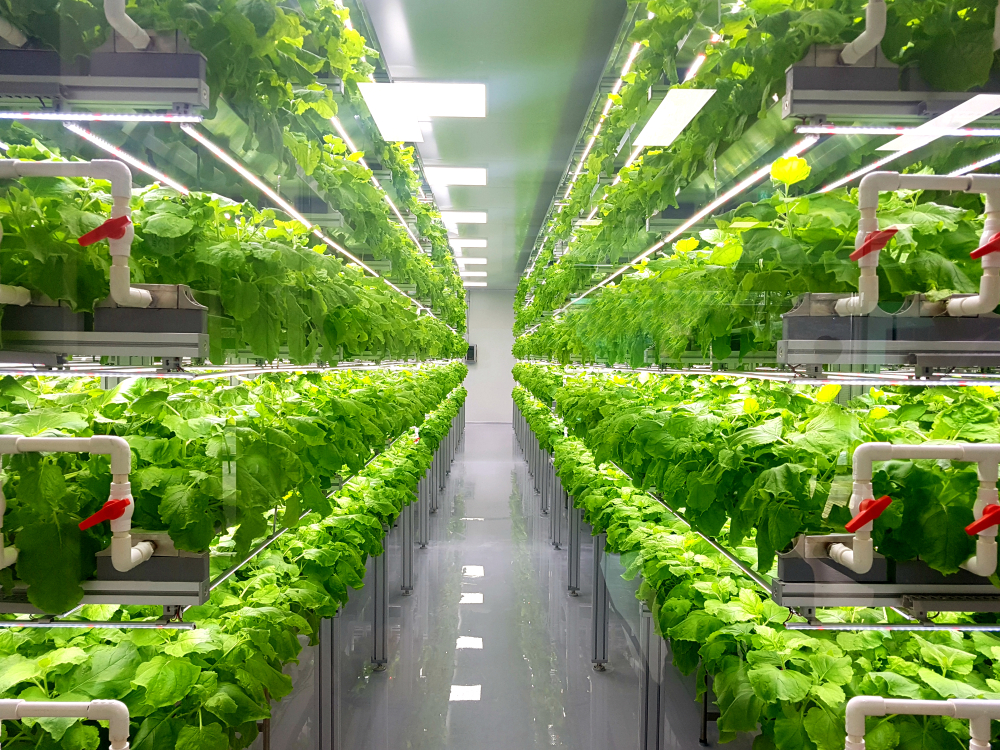
Vertical farming systems have revolutionized urban agriculture by using stacked layers to grow crops in controlled indoor environments. Utilizing LED lighting and hydroponic or aeroponic systems, these setups provide optimal growing conditions. They produce higher yields with less water and land compared to traditional farming methods. Vertical farming also allows for year-round production, independent of external weather conditions.
Automated Irrigation Systems

Automated irrigation systems enhance water efficiency by using sensors and software to control water delivery precisely. These systems can adjust irrigation schedules based on real-time soil moisture data and weather forecasts. By ensuring crops receive the right amount of water at the right time, automated irrigation reduces water waste and improves crop health.
Smart Greenhouses

Smart greenhouses utilize advanced technologies like climate control systems, automated lighting, and IoT devices to optimize growing conditions. They monitor and adjust temperature, humidity, light, and CO2 levels to create ideal environments for crops. This capability allows for year-round production and higher yields with lower input costs. Additionally, smart greenhouses often feature integrated pest management systems, reducing the need for chemical interventions.
Crop Monitoring Drones
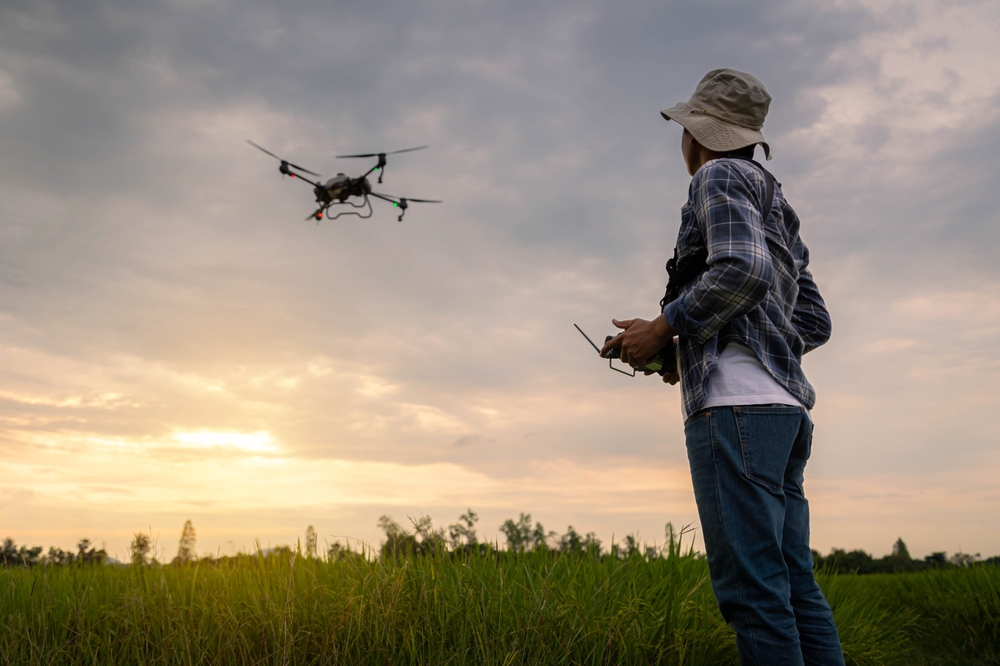
Drones equipped with multispectral cameras and sensors provide detailed aerial views of fields, facilitating early detection of crop health issues. These drones can identify variations in plant health, soil conditions, and pest activity, allowing for targeted interventions. Crop monitoring drones improve scouting efficiency and reduce the need for manual field inspections.
Livestock Monitoring Systems
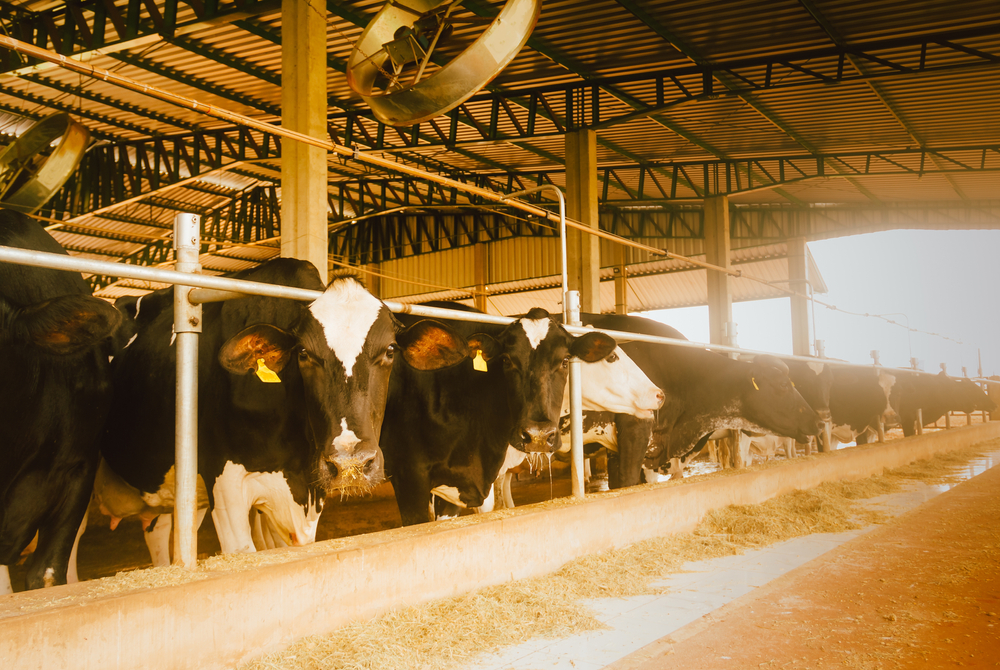
Livestock monitoring systems utilize wearable sensors and IoT devices to track animal health, behavior, and productivity. These systems monitor vital signs, detect illnesses early, and optimize feeding schedules. Enhancing animal welfare, and livestock monitoring also improves farm management efficiency. Data from these systems can inform breeding programs and disease prevention strategies.
Farm Management Software
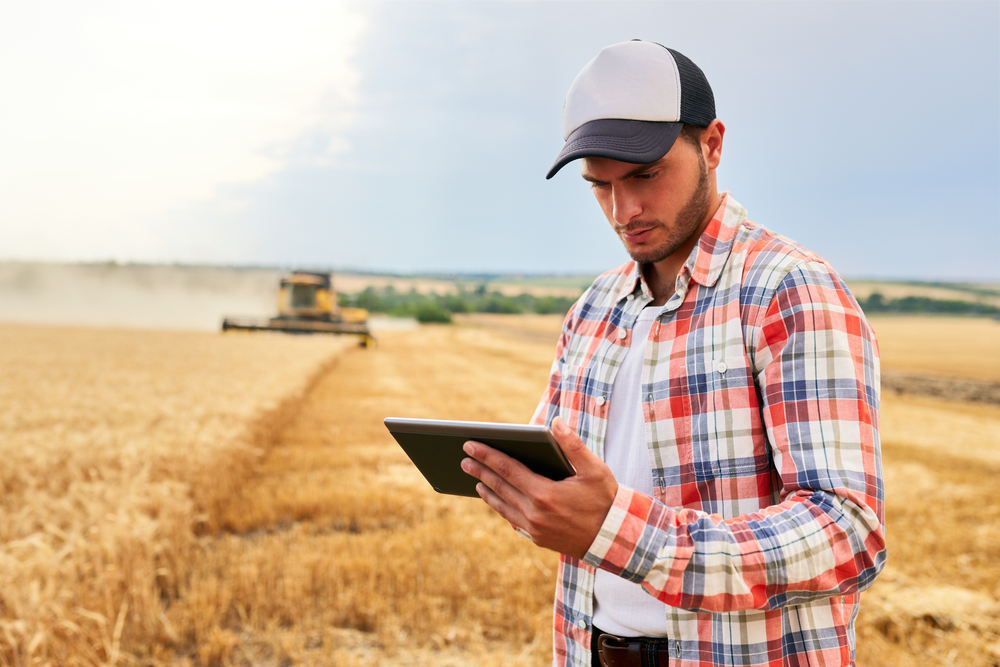
Farm management software integrates data from various sources to provide a comprehensive view of farm operations. These platforms track crop performance, manage inventories, and analyze financials, aiding farmers in making informed decisions. By streamlining tasks and providing actionable insights, farm management software enhances operational efficiency. Many systems also offer mobile apps for remote access and real-time updates.
Bioengineered Seeds
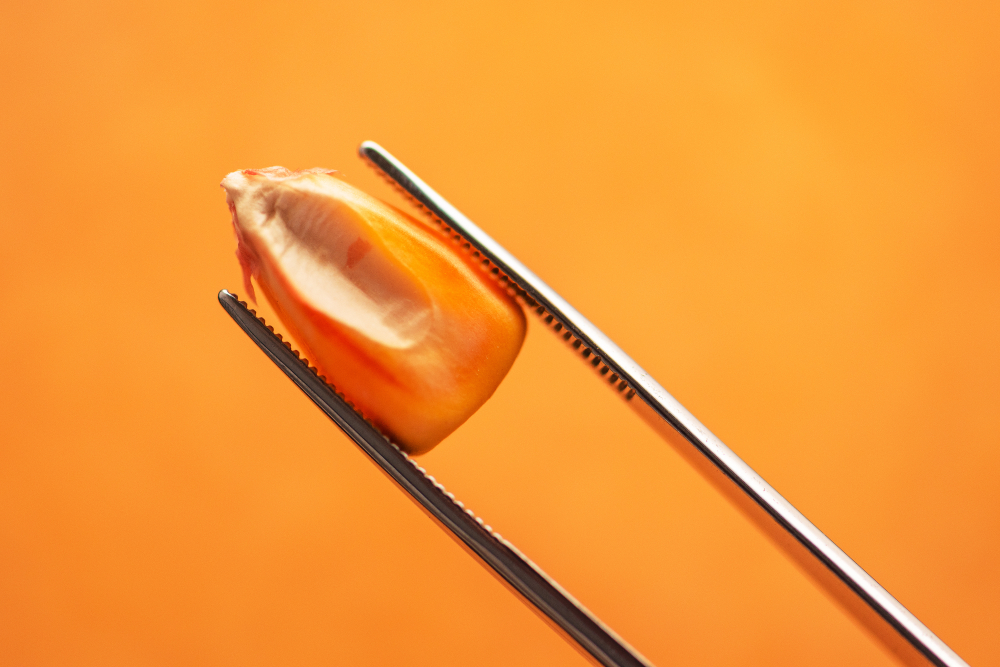
Bioengineered seeds are designed to enhance crop resilience, yield, and nutritional content. These seeds can be modified to resist pests, diseases, and environmental stresses such as drought and salinity. By improving crop performance and reducing the need for chemical inputs, bioengineered seeds contribute to food security. This technology enables more efficient use of resources and supports sustainable agriculture
Aquaponics Systems
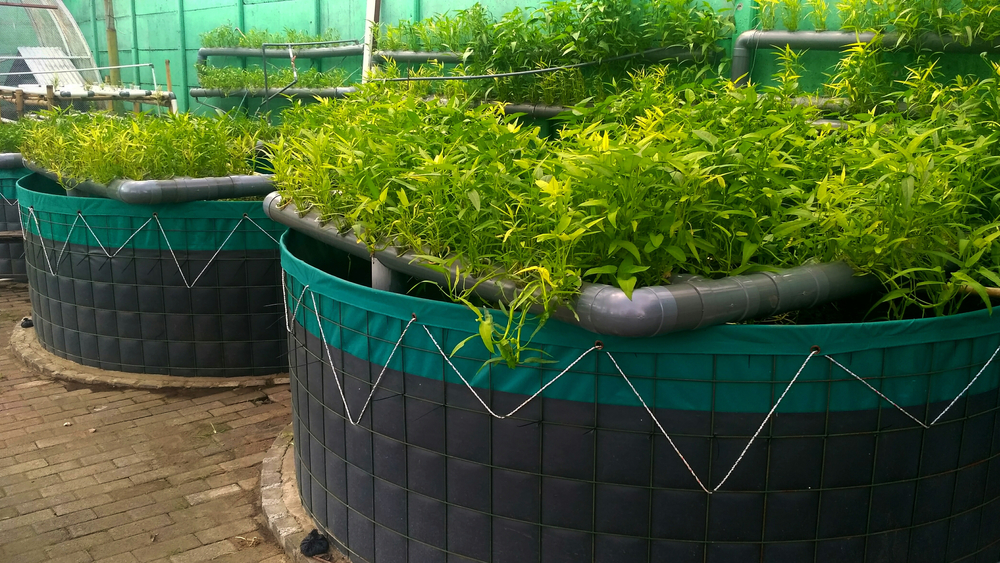
Aquaponics systems integrate aquaculture and hydroponics to create a symbiotic environment for fish and plants. Fish waste provides nutrients for plants, while plants filter and clean the water for fish. These systems use less water than traditional farming and can produce both fish and vegetables in a closed-loop system. Aquaponics supports sustainable food production and is adaptable to urban and rural settings.
Post-Harvest Processing Equipment
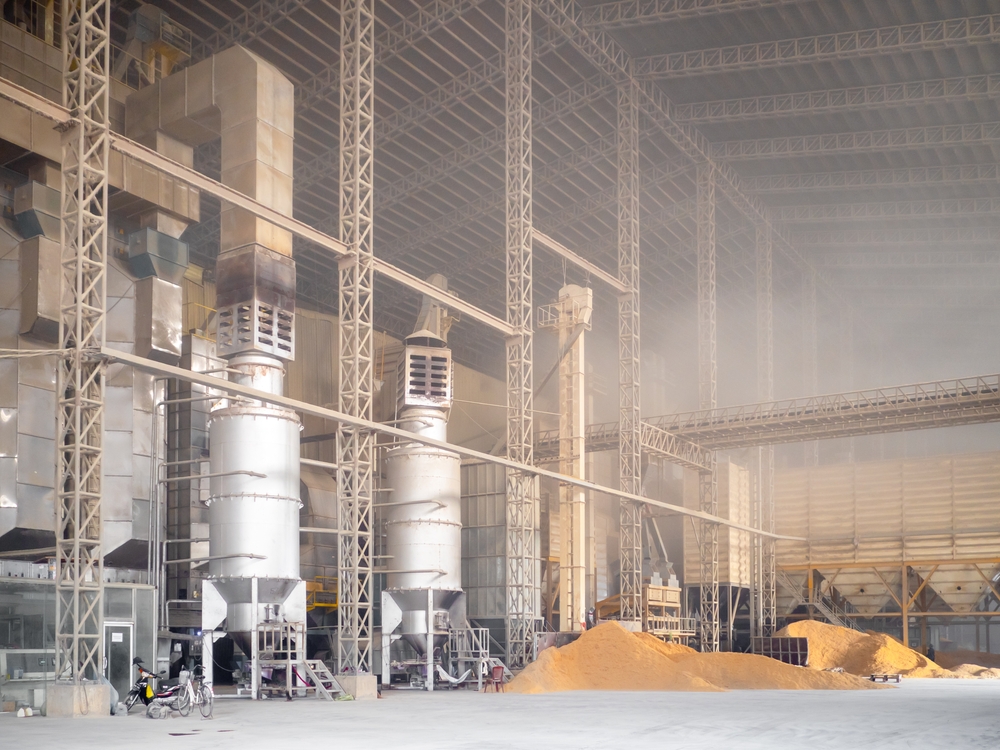
Post-harvest processing equipment, such as automated sorters and packers, improves the efficiency and quality of crop handling. These machines sort, grade, and package produce quickly and accurately, reducing labor costs and post-harvest losses. Utilizing advanced sorting technologies like machine vision and AI ensures consistent quality and minimizes waste.
Mobile Apps for Farm Management
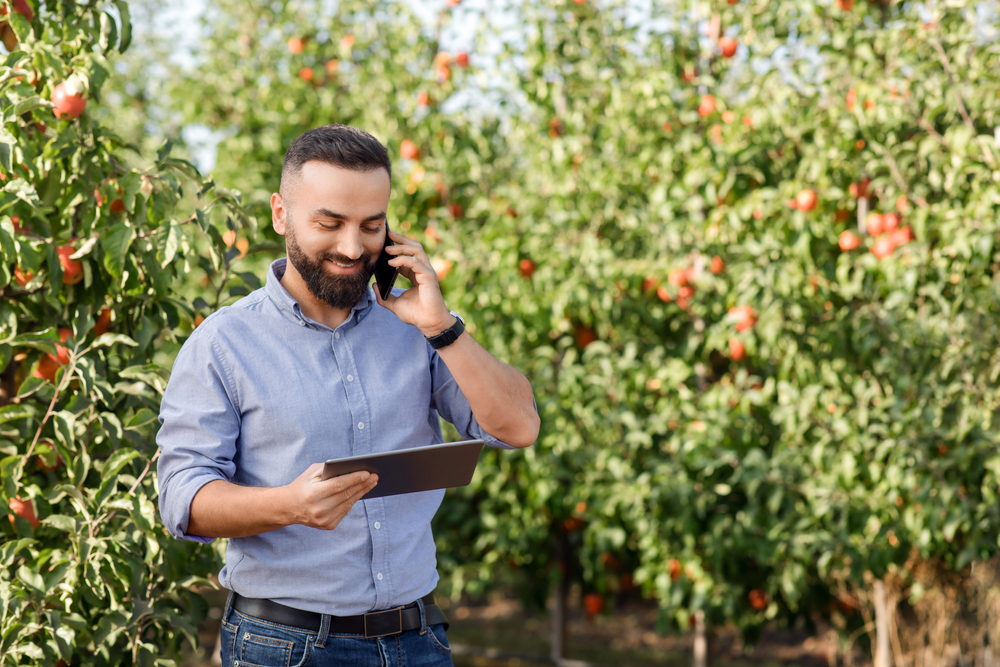
Mobile apps for farm management offer farmers real-time data and tools to manage their operations efficiently. Tracking field activities, monitoring crop health, and managing inventories, these apps provide convenience and enhance decision-making. Often integrating with other farm management systems and IoT devices, mobile apps offer comprehensive farm oversight. This technology streamlines farm management tasks and supports modern, data-driven agriculture.
This article originally appeared on MyCarMakesNoise.
More from MyCarMakesNoise
18 Trailblazing Hydrogen Fuel Cell Cars on the Road Today

As the world moves towards sustainable energy solutions, hydrogen fuel cell cars are at the forefront of this green revolution. These innovative vehicles offer a glimpse into the future of transportation, combining cutting-edge technology with eco-friendly fuel. Read More.
The World’s 25 Most Bustling Airports and Their Unique Highlights

Air travel has become an integral part of our globalized world, connecting people and places like never before. Some airports stand out due to the sheer volume of passengers and flights they handle daily. Read More.
18 Obscure Concept Cars That Never Made It to Market

Concept cars often push the boundaries of design and technology, showcasing what the future of the automotive world could look like. However, not all these innovative vehicles make it to the production line. Read More.


